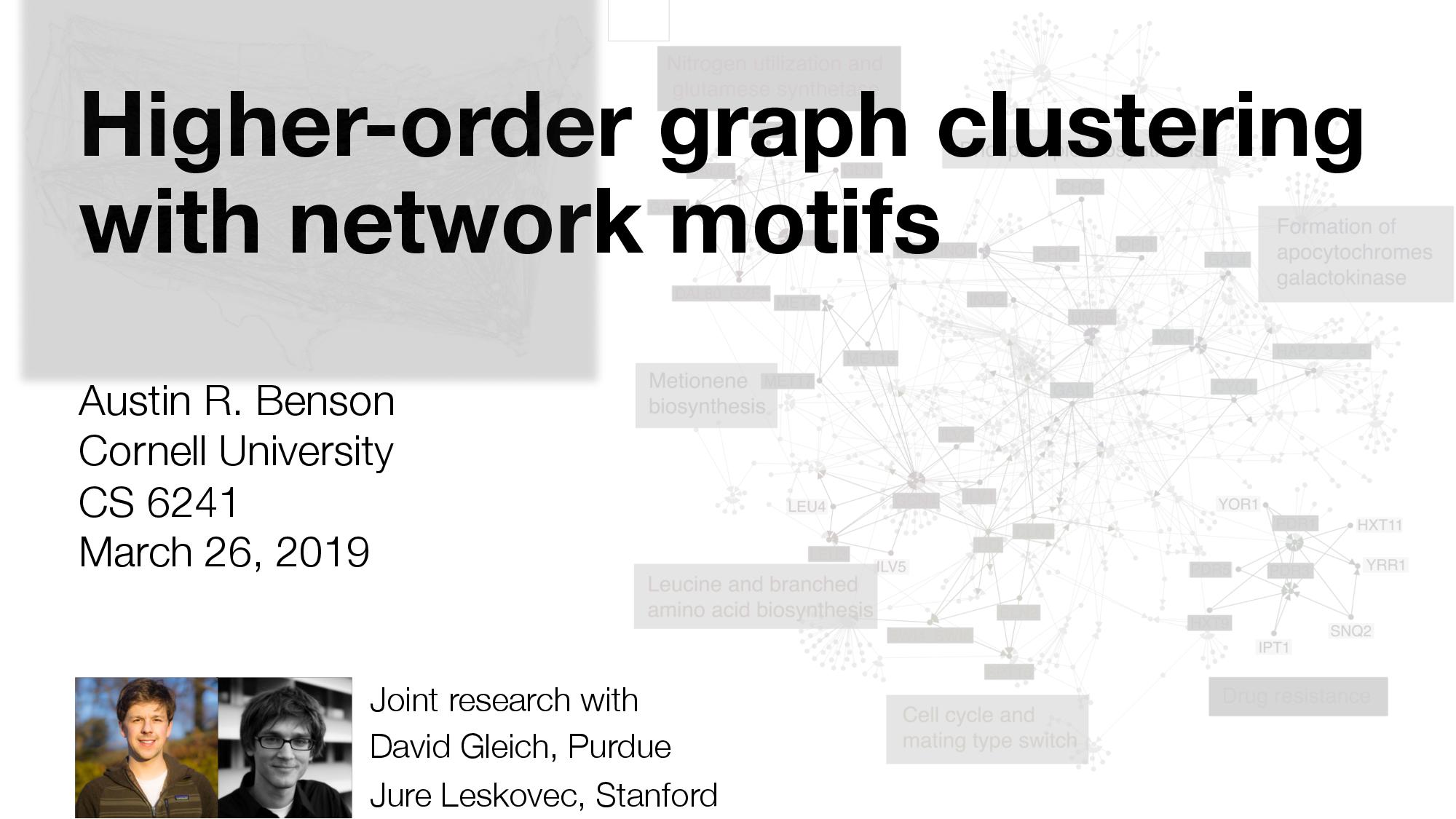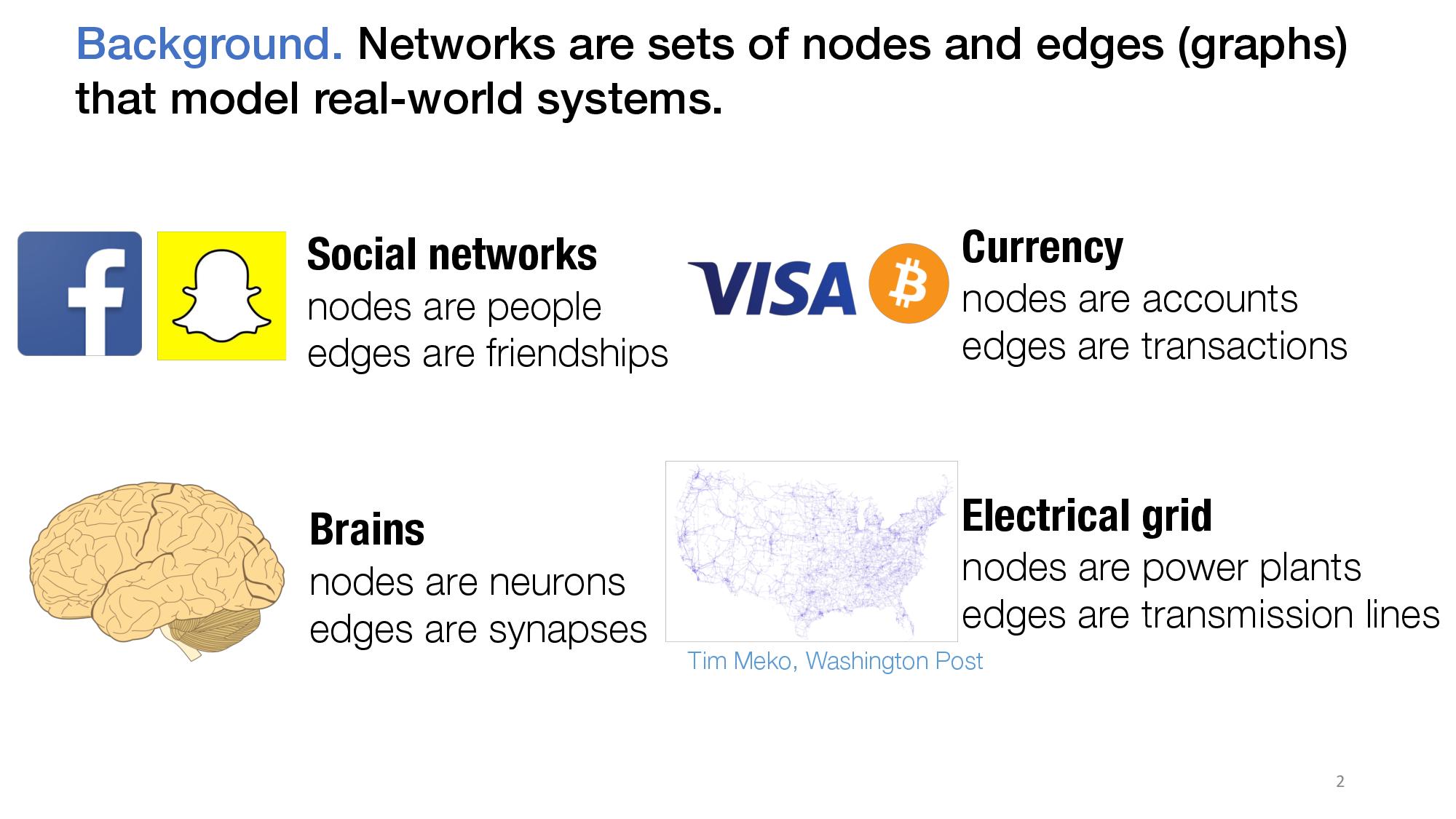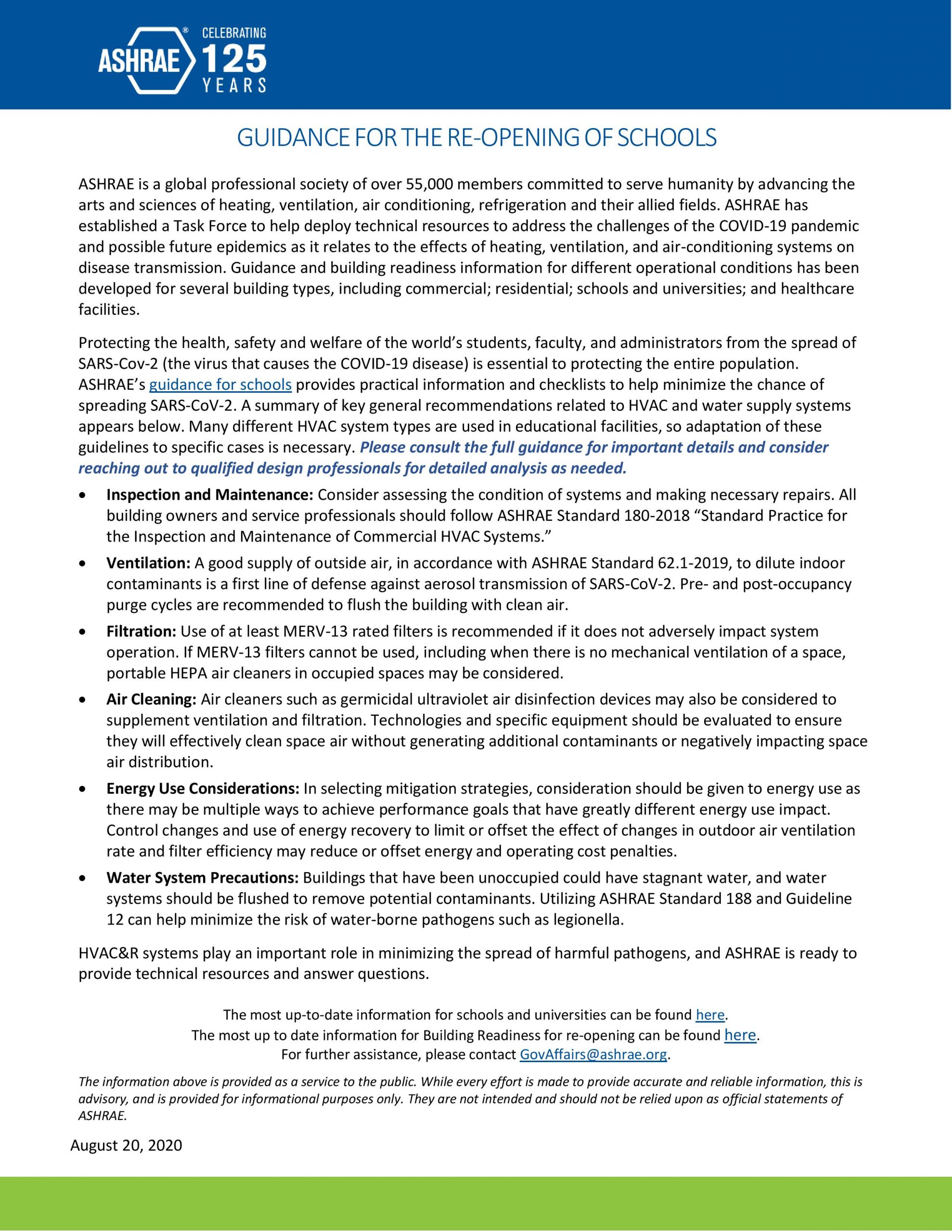Standards impact industrial growth
- Home Page 403

loading...
International standards in radio communication
Abstract:
A REVIEW is given of some of the international technical standards activities and Recommendations of the International Radio Consultative Committee (CCIR) for radio communications. A new Recommendation for the digital coding of television signals provides a basis for a single world standard for video signals in broadcasting studios, recording, and exchange of programs. Work is underway on high-definition television and a standard for satellite direct broadcasting downlink. Fixed satellite earth-station antenna standards (developed earlier), and performance criteria for satellite links in the integrated services digital network are being improved. Digital microwave radio relay standards include allowable bit error ratio, channel arrangements, and baseband interconnection. Mobile service Recommendations include system standards for VHF/UHF automated radiotelephony, a future global maritime distress and safety system, and radio paging codes and formats. Standards for the use of ARQ in HF and maritime communications, and the use of Universal Coordinated Time (UTC) in international telecommunications, are based on CCIR Recommendations.
https://ieeexplore.ieee.org/document/1092421
High
https://en.wikipedia.org/wiki/Cathedral_of_Learning#/media/File:Cathedral_of_Learning_stitch_1.jpg
Data Point / Employment
This content is accessible to paid subscribers. To view it please enter your password below or send mike@standardsmichigan.com a request for subscription details.
New update alert! The 2022 update to the Trademark Assignment Dataset is now available online. Find 1.29 million trademark assignments, involving 2.28 million unique trademark properties issued by the USPTO between March 1952 and January 2023: https://t.co/njrDAbSpwB pic.twitter.com/GkAXrHoQ9T
— USPTO (@uspto) July 13, 2023
Welcome
Standards Michigan Group, LLC
2723 South State Street | Suite 150
Ann Arbor, MI 48104 USA
888-746-3670
DIRECTIONS
Layout mode
Predefined Skins
Custom Colors
Choose your skin color
Patterns Background
Images Background
error: Content is protected !!
Skip to content

















